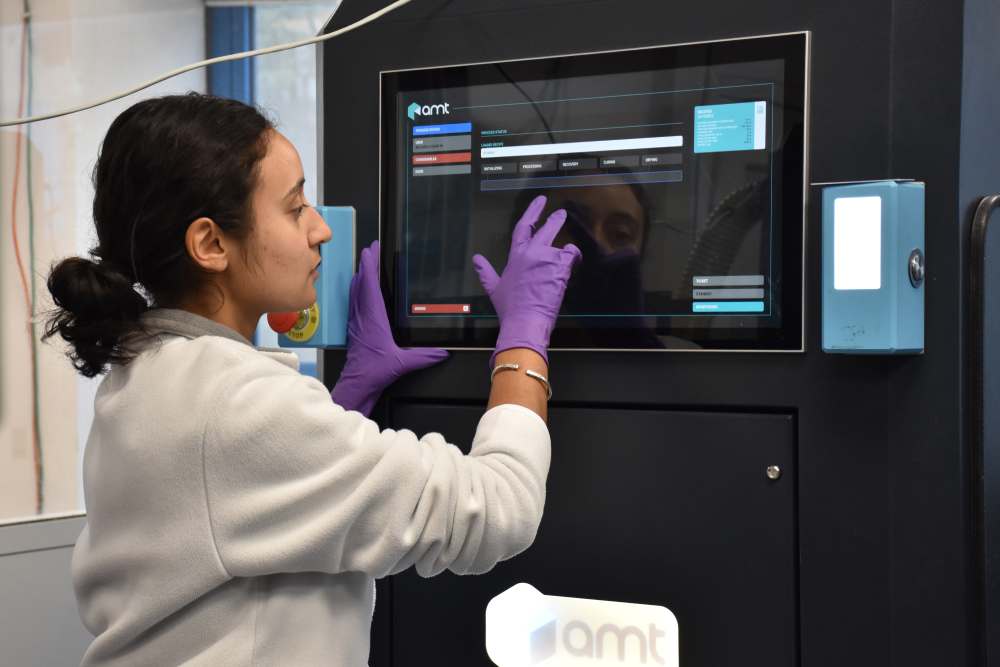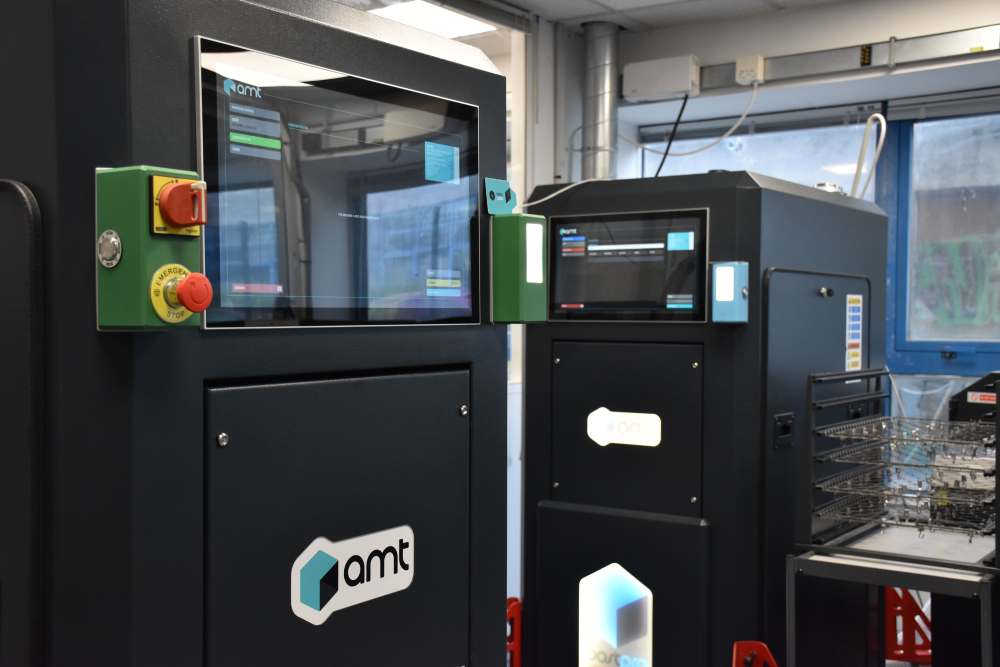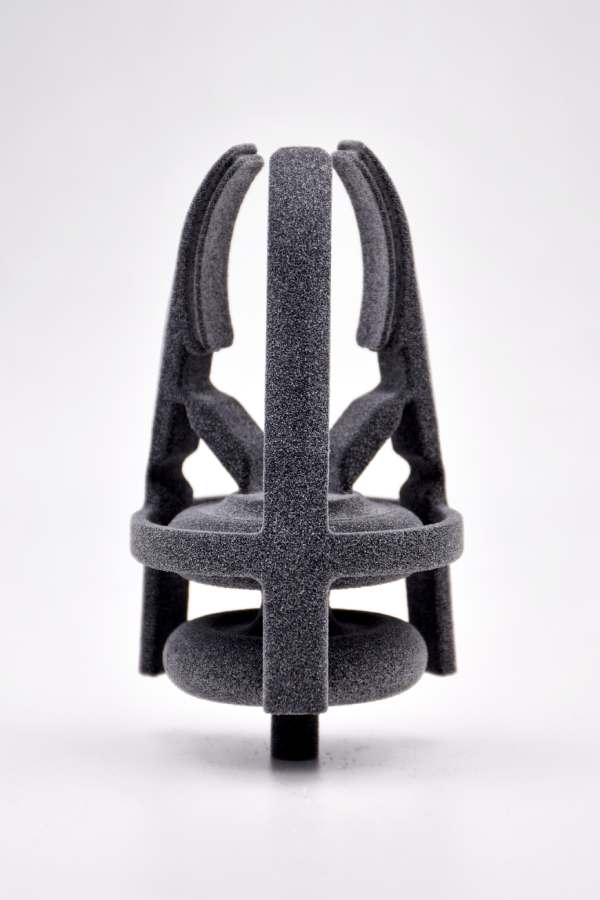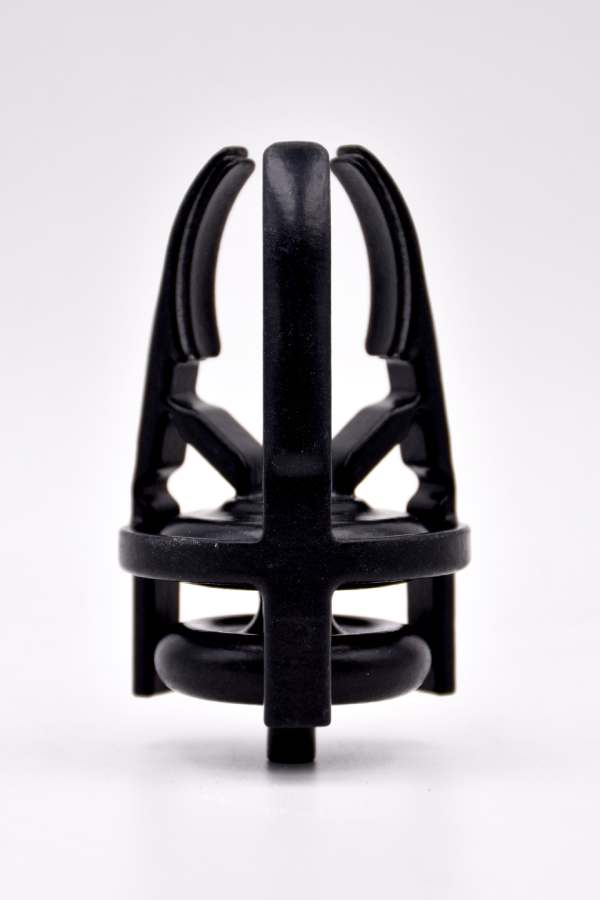Sanding: is a widely used DIY method for smoothing 3D prints, using fine-grit sandpaper to gradually remove imperfections and layer lines from the surface of the print. While this technique can result in a smoother finish, it has several considerations. Firstly, sanding can be labor-intensive, especially for larger or more intricate prints, requiring significant time and effort to achieve satisfactory results. Additionally, achieving uniform smoothness across the entire surface of the print can be challenging, as certain areas may be difficult to access with sandpaper, leading to inconsistencies in the finish. Moreover, parts with intricate lattices or fine detailing pose particular challenges when sanding, as the abrasive action of the sandpaper can inadvertently remove or damage delicate features. This can result in a loss of structural integrity or aesthetic quality, potentially affecting the functionality of the printed object. Furthermore, overzealous sanding or uneven pressure application may inadvertently alter the dimensions or shape of the print, leading to inaccuracies or defects.
XTC-3D Coating: is a specialized resin coating that provides a smooth, glossy finish to 3D prints. This method involves applying a thin layer of XTC-3D onto the surface of the print with a brush, which then self-levels to fill in layer lines and imperfections. While XTC-3D can produce impressive smoothing results, it requires careful application and attention to detail. Proper mixing and application are crucial to ensure an even coating and minimize the risk of drips or pooling, which can detract from the final finish. Additionally, it’s important to note that the curing process of XTC-3D may release fumes, particularly in poorly ventilated areas. Proper ventilation and protective equipment, such as respirators and gloves, are essential to minimize exposure to potentially harmful vapors and ensure a safe working environment.
Chemical Smoothing: involves using solvents, such as ethyl acetate or acetone, to dissolve and smooth the surface of 3D prints. This method typically entails applying the solvent to the print’s surface through brushing, immersion, or exposing the part to the chemical vapor, allowing it to react with the 3D material to create a smoother finish. However, chemical smoothing carries inherent risks, particularly regarding safety and handling when doing it yourself. While effective as a smoothing agent, ethyl acetate or acetone is flammable and can pose health hazards if not used properly. Adequate ventilation and personal protective equipment, such as gloves and goggles, are essential when working with solvents to minimize the risk of inhalation or skin contact. Additionally, proper disposal of used solvents is crucial to prevent environmental contamination and ensure compliance with local regulations.
Overall, while sanding, XTC-3D coating, and chemical smoothing offer viable options for smoothing 3D prints at home, each method comes with its own set of challenges and considerations. DIY enthusiasts should weigh the benefits against the potential risks and choose the method that best suits their needs, skills, and safety precautions.


 Connect with Google
Connect with Google Connect with Facebook
Connect with Facebook


